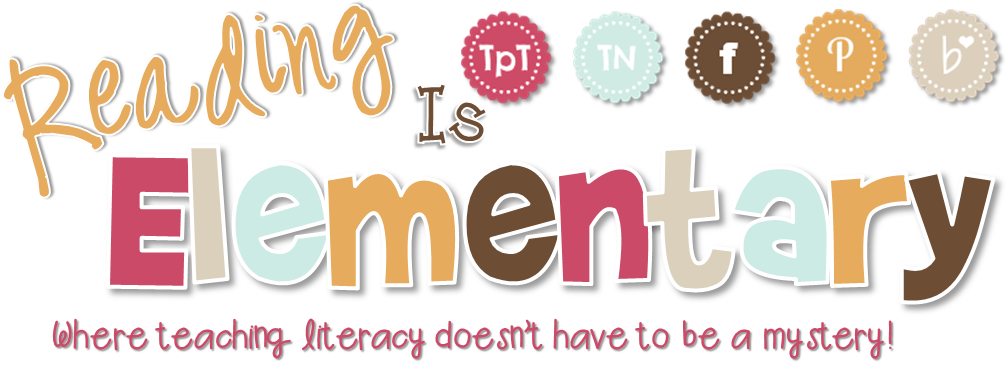Literal Understanding and Text Complexity
Text complexity seems to be the united theme that pulls the CCSS (Common Core State Standards) together. The CCSS were actually written in a backwards fashion, going from what graduating seniors need to have in order to be successful in college and worked back from there. The authors actually created a great metaphor. They said to think of the reading standards as a ladder. Standard 1 and 10 would be the sides of the ladder and the rest of the standards would be the rungs. I picture it like this:
So, how do the CCSS determine a text's level of complexity. Not one measuring system is adequate enough to use on it's own. The CCSS use three criteria to measure a text's complexity: qualitative measures, quantitative measures and reader and task consideration measures.
Qualitative measures look at: levels of meaning, structure, language conventionality and clarity, and knowledge demands.
For quantitative measures, the CCSS puts strong emphasis on the Lexile Framework for Reading
Reader and task consideration measures means that you can put a more difficult text in front of a student if their knowledge and interest about the subject is high (Hello, Captain Underpants and Diary of a Wimpy Kid)! Of course, the opposite is also true. I consider myself a good reader, but put one of my husband's law books in front of me and I will definitely be at my frustration level.
Now wouldn't it be great if you could put all of those factors into some kind of system (come on machines can do incredible things nowadays) and out pops the text's level of complexity. (There is my million dollar idea)! Nope, not so easy folks. This isn't mathematics people! Finding a text's level of complexity cannot be categorized like that.
Well at least for me (and I am sure many others of you). The authors suggest that many of us using Fountas and Pinnell as a leveling system should continue to do so. They have already taken into account much of the qualitative, quantitative and reader and task demands into leveling their books. I can hear you thinking already, why doesn't the CCSS endorse their leveling system? Good question. Sue Pimentel (one of the authors of the CCSS) stated that the CCSS were written in a top-down fashion which doesn't coincide with the F&P method of leveling. Also, there is no way to F&P an IRS document or a physics textbook.
One suggestion is to make sure that teachers look at the text exemplars that are referenced for each grade level band. I think that is a good idea. I would love to see the Lexile levels on them and then also get an F&P level on them just to do some comparing. (By the way, if anyone has already done this and would like to save me the time, please respond via email)!! I will totally credit you!
So, how do we move students up the ladder of complex texts? Running records. That was a huge theme that came out of this chapter. They need to occur in classrooms and they need to occur more than just at report card time. We need to be continually looking at students so we can see where they are in their progression.
Okay, I know that you have seen this chart before many times, but this was another big theme that came out of chapter 3. One of the biggest factors that leads to success in reading is having access to high-interest texts and time spend reading. The authors even quoted some research that says a classroom library should have 20 books for every 1 student (and that was a minimum people)! They also suggested that at least an hour and a half of the school day should be spent reading (this does not include reading instruction, this is just time spent actually reading). I am a big proponent of children get better at reading by reading. Yet, just another thing we get to fit into our busy classroom schedules!
Okay, I told you there was a lot of meat to this chapter. I could have gone on too! This week delay means a change in the reading schedule for me. (Chapter 4 has just as much meat)! Next Monday will be chapter 4. I seriously do recommend this book for classroom teachers. I have felt more times than one, good about what I am reading because I realize so much of the CCSS is what we are already doing. That makes me feel less overwhelmed about the work ahead (especially for our district. We go CCSS in language arts next year).
Happy Monday everyone. Now as my reward for finishing this never-ending entry, I am going to treat myself to an episode of How I Met Your Mother. I am trying to catch up before the last season this year. I hear it is going to be LEGEND (wait for it) ARY!




-2-72.gif)

No comments:
Post a Comment